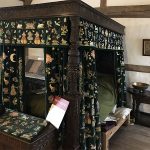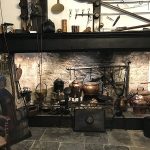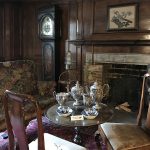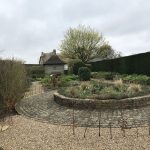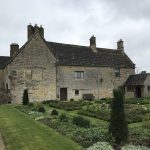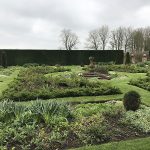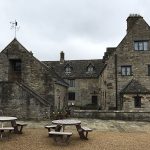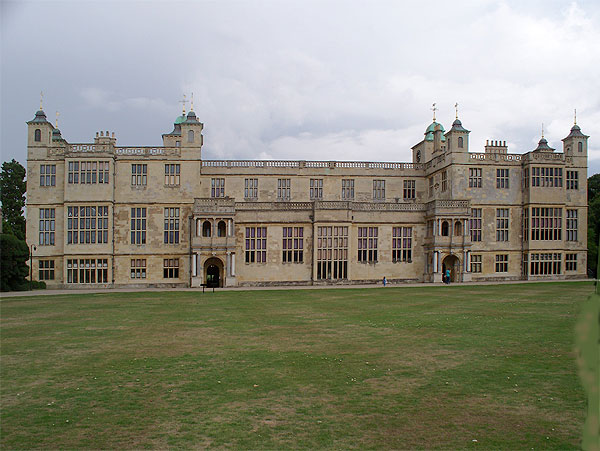 English Heritage
English Heritage
In contrast to many EH properties, Audley End is complete and fully furnished. The house origins date from the period of Henry VIII, when Audley was three times its present size, but the present appearance of the house, inside and out, dates from the 19th century. Noted occupants include Henrietta Howard, later a royal mistress and occupant of Marble Hill House, Richmond. The contents, including pictures and a natural history collection, are well worth seeing. Note that most of the best stuff is on the first floor, so that on our last family visit my sister and I saw a lot more items than did my late mother, who was in her wheelchair and preferred to wait below. Apart from the house, there is the Service Wing, with re-enactments of servant life, The Stable Block, with horses, the Walled Garden, the Gardens with artificial lake, and extensive parkland. The gardens behind the house are worth a walk-around.
Recent revisit: August 2018, nurseries now open on upper floor.
Suggested visit time: at least a half day – there’s plenty to see and do.
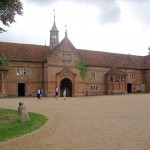
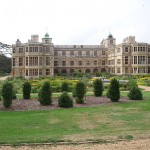
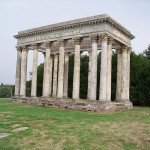
Category: House
Grand houses
Boarstall Tower, Bucks
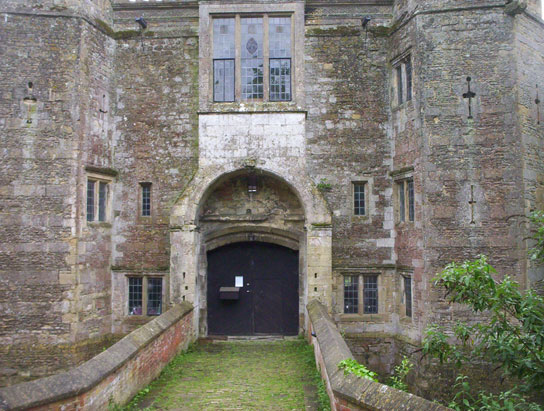
A 14th century moated gatehouse tower, once part of a fortified manor house. The tower is fairly small but quite interesting, and there are some views from the roof. The gardens are attractive.
Restricted opening – see NT guidebook or website. Worth a visit if you are in the area.
The Boarstall Duck decoy is nearby, and it’s possible to visit both the same afternoon.
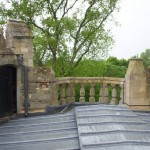
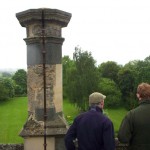
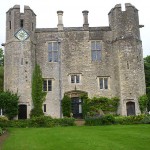
Boughton House, Northants.
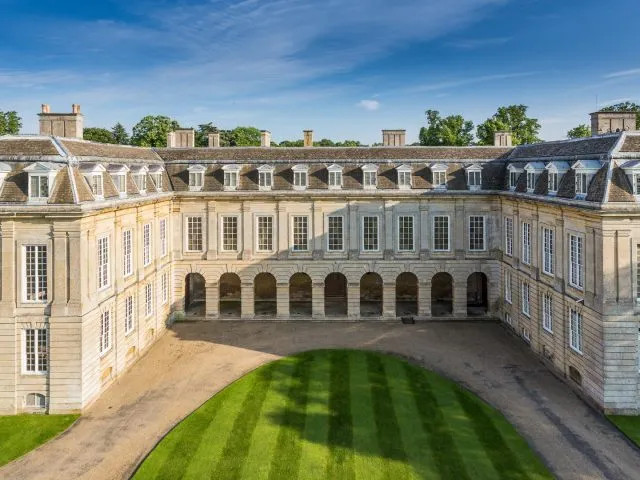
Private (HHA)
An imposing house “The English Versailles” notable for looking a bit like a French palace. The contents include fabulous treasures – a large collection of fine art including paintings, furniture, porcelain, weapons, textiles, claiming to be one of the major treasure houses of England. It has seven courtyards and a wing which remains as an unfinished shell, revealing details of the construction. The gardens and estate are also notable. The 17th century design features of the gardens, including square ponds and a series of canals have been restored. Note the pyramidal mound and the matching hole ‘Orpheus’. The walled garden near the house is also worth a visit. The house is open during August and a few other dates, the gardens more often. Suggested visit time: at least a half day.
The visitor information includes prices for optional tours. When I visited, my basic admission (free with HHA) allowed a self-guided tour of the State Rooms and most of the ground floor, and the grounds, but the optional tours were fully booked.
All photos from May 2024 visit.
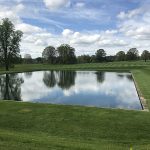
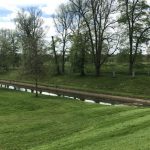

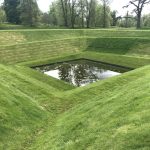
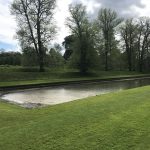
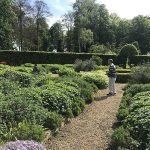
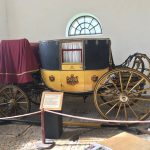
Chastleton House, Oxfordshire
A Jacobean country house, left almost unchanged by its increasingly impoverished owners, and preserved as a time-warp site by the NT. There is no shop or tea-room. Externally, it’s an attractive building, and the contents are also of interest. The gardens include some unusual topiary. Admission is by timed ticket, and there is a cap on daily visitor numbers.
Cotehele, Cornwall
A historic estate on the banks of the Tamar. The Tudor house and its contents have changed little over the years and are well worth seeing. Most rooms have extensive catalogue notes provided. The house has no electricity, so it might be worth bringing your own torch on a dull day to better see objects in some rooms. Many of the rooms are lined with tapestries.
Outside are two orchards, gardens, a folly tower, walks, and a little further off, Cotehele Quay with its museum, and restored Tamar sailing barge Shamrock. Half a mile from the Quay is Cotehele Mill, a working mill.
There is a lot to see in the house in various rooms spread over three floor levels. Around the house are attractive gardens. The triangular folly tower, in a field with inquisitive cows, can be climbed for a view of the surrounding country. The Mill has a working watermill and several displays of old workshops.
There is enough to see to make it an all-day visit. Road access is by narrow twisty hilly roads. It is possible to arrive by water from Plymouth.
For visitors not over keen on walking, a minibus runs between the house, Quay and Mill. It is also possible to park by the house and then move one’s car to the lower car park at the quay. There is a restaurant at the house and another at the Quay.
Cottesbrooke Hall, Northants
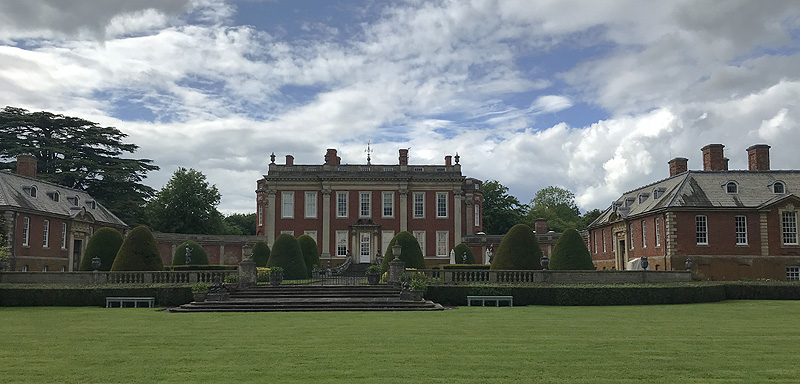 Private
Private
A Queen Anne house in extensive grounds. Building of the house was started in 1702 by Sir John Langham, with the East and West bows added around 1780. Some alterations and modernisations were made in the 20th Century. The house is currently owned by the Buchanan family.
Two flanking pavilions are joined to the main house by curving corridors, one of which contains a noted collection of English, Chinese and Continental porcelain. There is an exceptional collection of sporting pictures. The house is notable for being exceptionally well maintained: almost everything inside looks like new. The house is open to visitors on limited dates during the warmer months, and admission is by conducted tour.
The grounds are extensive, with parkland, a series of well-planted formal gardens around the house enclosed by walls or hedges, and a woodland garden with a stream and a couple of garden buildings at a little distance from the house.
When driving to the estate, allow extra time for negotiating slow and congested roads in this part of Northamptonshire.
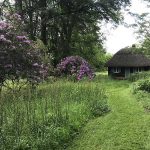
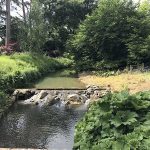
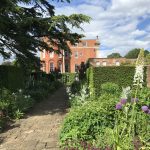
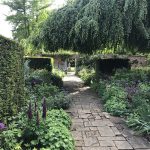
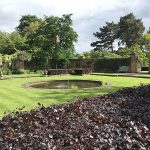
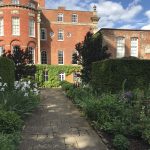
Deene Park, Northants
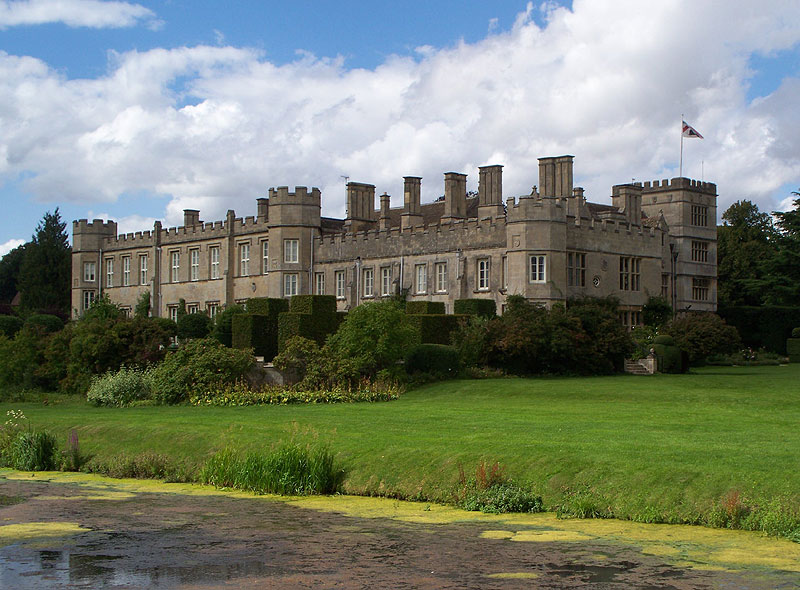 Private
Private
A substantial house, with crenellations, and built of honey-coloured stone around a central courtyard. The earlier parts date from the 16th centurey or earlier, with 18th and 19th century additions. The contents include relics of Lord Cardigan of Balaclava fame, and of the scandalous Adeline Horsey de Horsey. The house is open on limited dates during the summer months.
The contents are of considerable interest and rooms downstairs and upstairs are opened for visitors.
The grounds are worth seeing and include a number of feature garden areas as well as woodland walks and an expanse of lawn. Not accessible to visitors are the former walled gardens and an intriguing circular building.
If you want a leisurely visit to the house, the grounds, and the tea-room you are advised to arrive soon after the grounds open as the total opening time is only 4 hours.
If using satnav, look for brown car park signs, as the satnav may direct you to a back entrance by a longer route.
Note that there are other grand houses in the Corby area which could be visited on the same day. Kirby Hall is nearby.
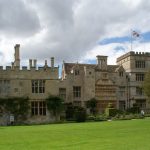
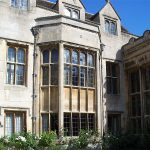
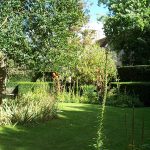
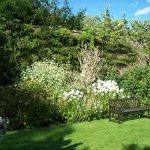
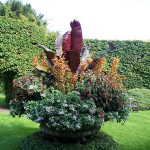
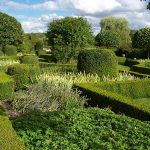
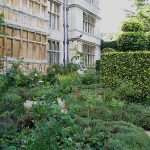
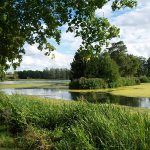
Dyrham Park, South Gloucestershire
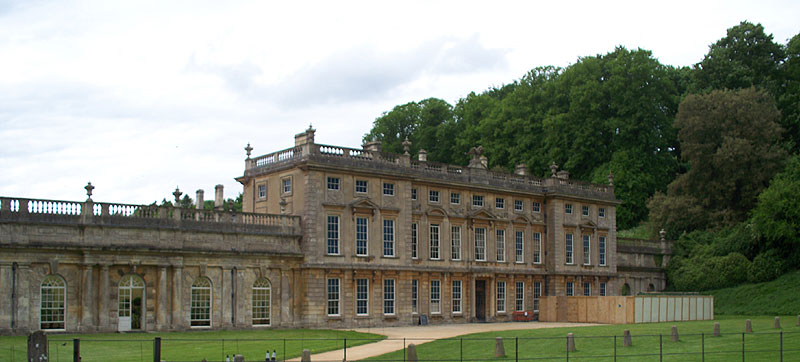 National Trust
National Trust
The grounds are of substantial size and drop dramatically down towards the William & Mary period house, with its long east front. Behind the house there are gardens. The interior is furnished in a Dutch style. The house is worth a visit and besides the main rooms one can look at rooms in the basement, and an orangery. Outside there is a large park, and behind the house some formal gardens with ponds. The church can be visited but the access route was not obvious.
The main car park is next to the road, some 500 yards from the house. The property is only a few minutes drive from the M4, and is a handy break point on journeys to the far south west and South Wales.
Revisited May 2022.
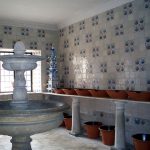
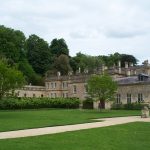
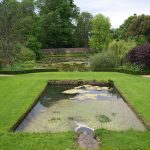
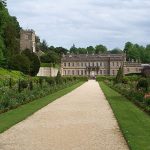
Stourhead, Wiltshire
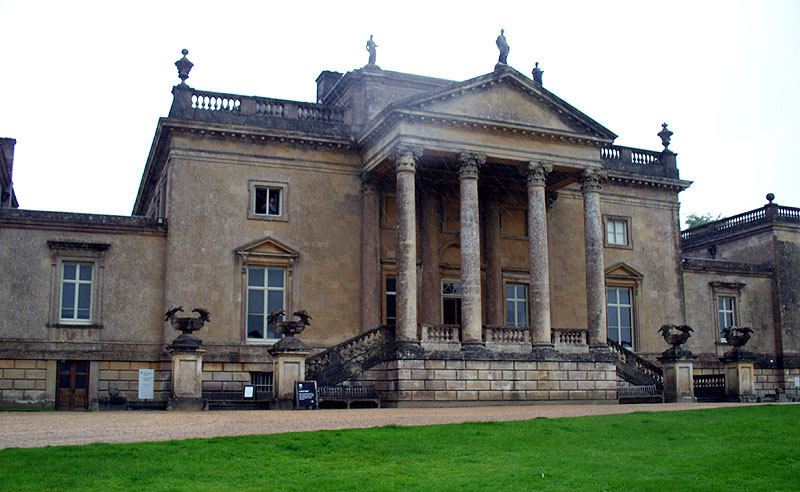 National Trust.
National Trust.
Noted for its world-famous 18th century landscape garden. There’s a lake, with temples, follies, exotic trees etc, set in a 2650 acre estate with downs, woods and farmland. The house has furniture and paintings. Around two miles away, Alfred’s Tower stands on part of the wider estate. Suggested as half-day to all-day destination.
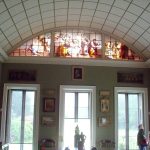
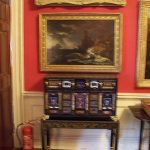
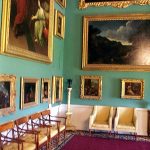

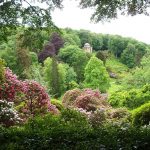
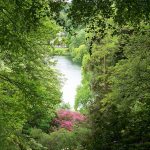

Sulgrave Manor, Oxfordshire.
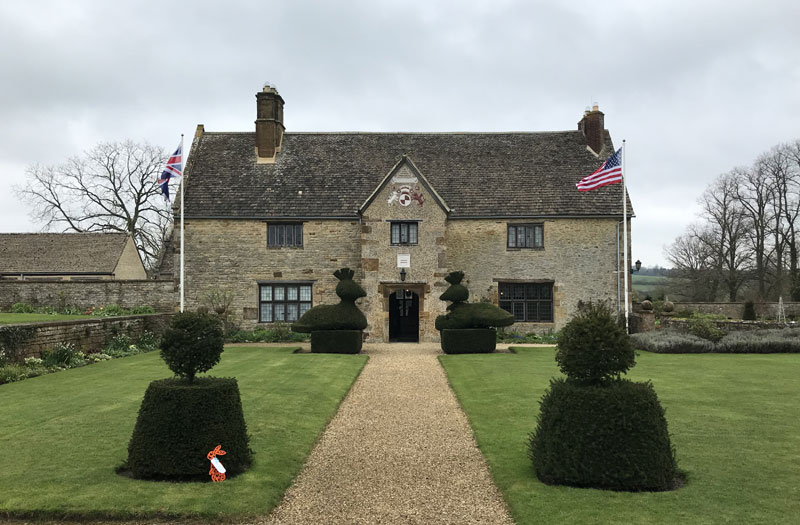 Private (HHA)
Private (HHA)
Mainly notable as the ancestral home of the Washingtons (=American president) in Britain, the manor was restored in the 1920’s as a symbol of British-American friendship. The original house was built by one Lawrence Washington in the 16th century. John Washington, Lawrence’s great-grandson, emigrated to the United States. By this time the manor had already passed into other hands. A descendant of John Washington became the first President of the United States.
Subsequent owners added on or demolished various parts, with the great Hall and the chamber above it being the oldest surviving parts. The wing completing the symmetry of the frontage is a 1920’s addition built to house caretakers of the restored house and gardens.
The house contains representative old furniture and artefacts. The grounds were laid out in the 1920’s when the house was restored. There is also a collection of George Washington memorabilia.
When visiting, if you drive through the village, look for the Sulgrave Manor entrance on your right, at the end of the village. Do NOT turn left into Manor Lane, as your satnav may indicate.
All photos 2024
